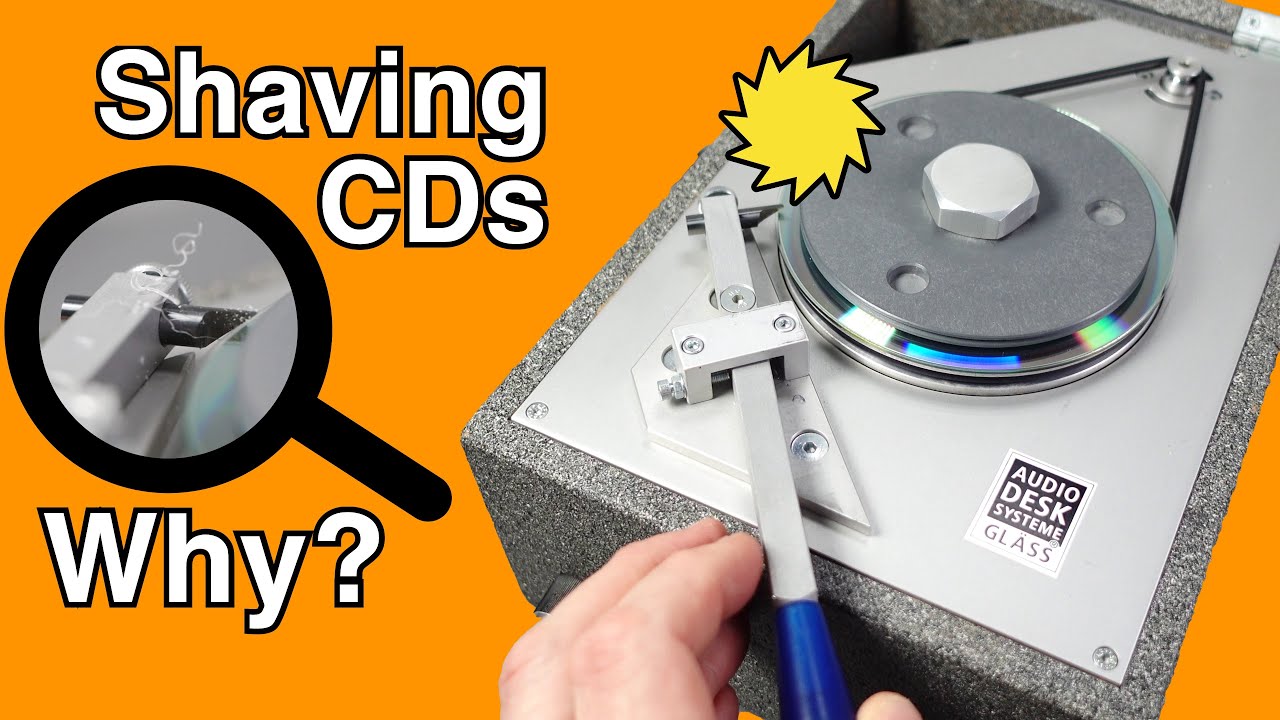You’ll love the part where he compares the audio waveform produced from the digital data stream from the original and “improved” compact discs and finds them absolutely identical.
When compact discs (CDs) came out in the 1980s, many audiophiles detested their sound, saying it was screechy and unlistenable compared to the “mellow” sound of vinyl. One of the main reasons for this is that record companies, faced with an unexpected rapid collapse in the sales of vinyl records and consumer demand for CDs, rushed CDs to market based upon analogue magnetic tape masters used to produce vinyl record stampers. Because the vinyl record cutting and playback process has a roll-off at high frequencies, the source used to cut disc masters is equalised to boost them, producing a (more or less) flat response when the records made from them are played back. If CDs made from them were not re-equalised or incorrectly equalised to take out the boost, they would indeed be screechy and harsh, which is precisely what happened. Some record labels were notorious for this, including Deutsche Grammophon, who rushed their classical catalogue onto the market with improper equalisation, contributing to the bad reputation of CDs in the early years.
